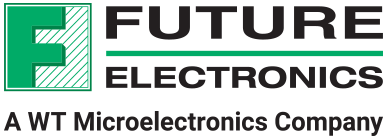 |
Our website is offline. Please reach out to your account executive for all order inquiries. All orders must be placed via your local Future Electronics branch. If you have any questions, you can reach our inside sales team in Shanghai at +86 21 2412 2222 You may browse www.FutureElectronics.com for any product information. |
本公司网站现已下线。 如需办理订单相关事宜,请联系您的客户经理。 所有订单必须通过您所在地区的 Future Electronics 分公司提交。 如有任何疑问,请致电本公司上海内部销售团队:+86 21 2412 2222。 您可以浏览 www.FutureElectronics.com 了解任何产品信息。 |